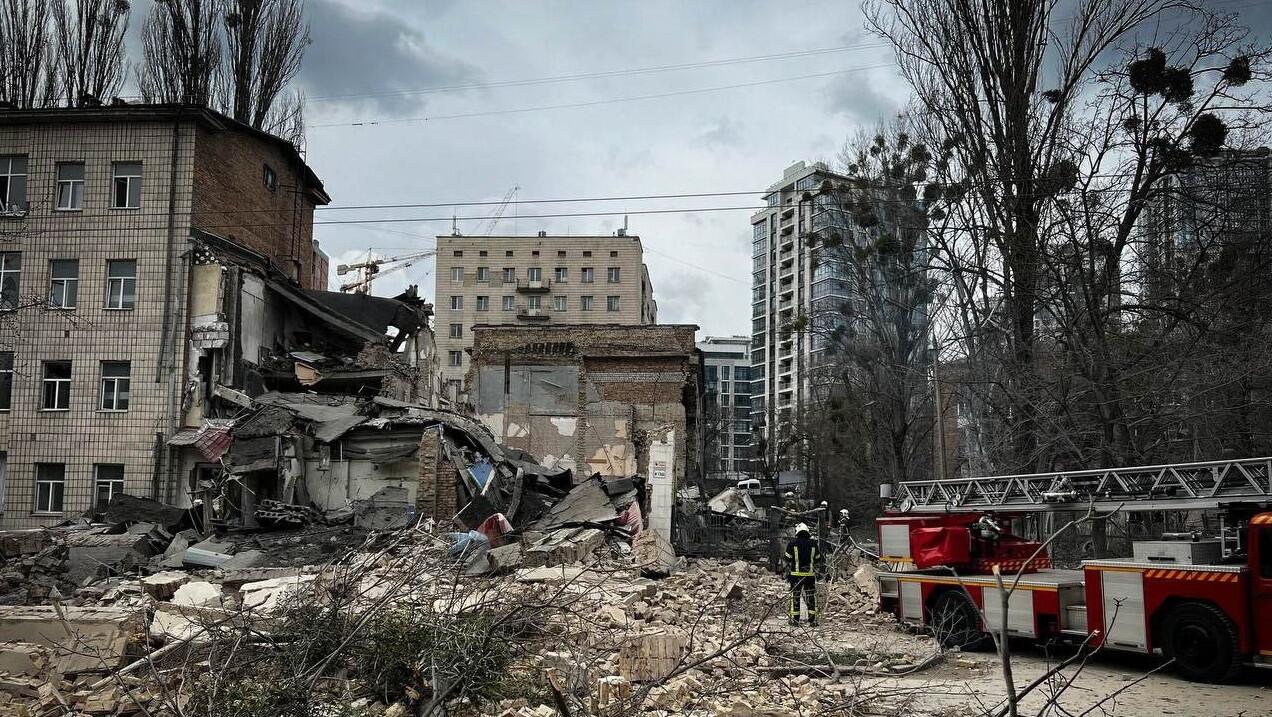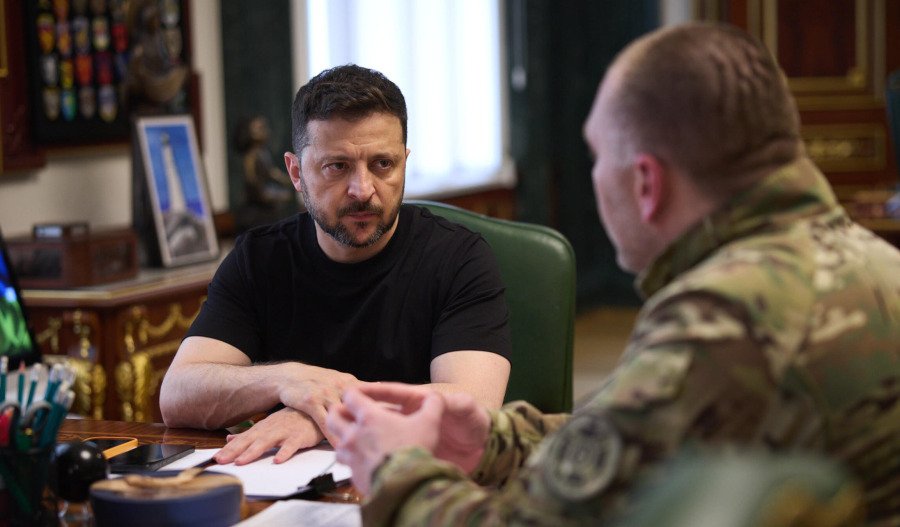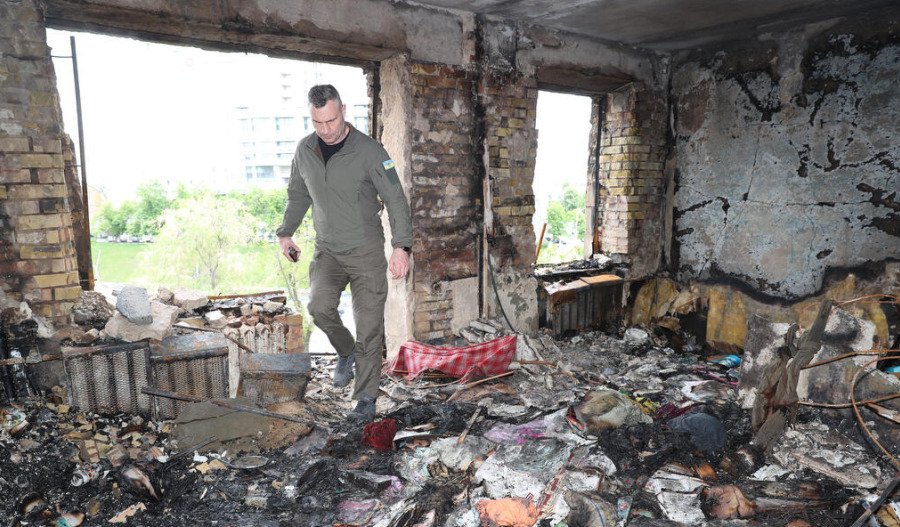Russia's war machine has nudged up against the borders of Ukraine’s east-central Dnipropetrovsk region, signaling a territorial advance in a grinding war that continues to defy diplomatic overtures and reshape Eastern Europe’s geopolitical fault lines.
On Sunday, Moscow confirmed its forces - specifically the 90th Tank Division - had advanced to the western fringe of the Donetsk region and begun offensive operations targeting Dnipropetrovsk.
The move comes as a bitter back-and-forth plays out between Russian and Ukrainian officials over stalled peace negotiations and the unresolved repatriation of fallen soldiers.
While leaders from both sides make public gestures toward the idea of peace, the tempo on the battlefield suggests a different story.
Russian troops have reportedly seized over 190 square kilometres of the Sumy region in northeastern Ukraine in under a month, according to data aggregated by the pro-Ukrainian Deep State mapping project.
Now, with a population of >3 million pre-war, Dnipropetrovsk is in the crosshairs and a new confrontation is emerging.
Ukraine’s Southern Defence Forces described Russia’s intentions to push deeper as “unrelenting,” but insisted that Ukrainian troops are “courageously and professionally” stalling Moscow’s progress.
Still, the messaging from Moscow is clear.
Russian security council chair Dmitry Medvedev used the Dnipropetrovsk push to reinforce the Kremlin’s stance - if Kyiv refuses to accept territorial losses in any future settlement, Russian forces will simply take more ground.
Meanwhile, on other fronts, Kyiv has escalated its long-range campaign, with drone strikes and sabotage missions reportedly targeting Russia’s strategic bomber fleet and rail infrastructure - a dual-pronged effort to strain Moscow’s logistical backbone while bolstering its own narrative of resistance.
With Russian troops now advancing on Kostyantynivka from multiple vectors, the map of the conflict is shifting once again - and with it, the contours of any potential peace.



